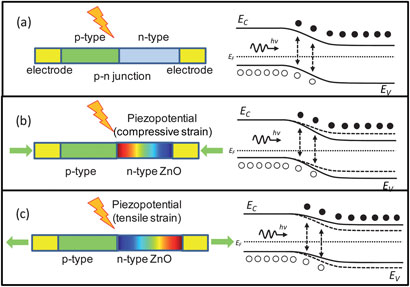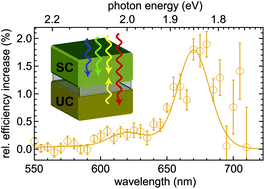Jeffrey Grossman and coworkers communication on 3D solar energy harvesting has been highlighted in ScienceDaily. The MIT researchers modelled and built three-dimensional photovoltaic arrays which are able to provide more energy, more consistently throughout a day. The work was also highlighted in our recent blog article.
Read this HOT communication in full today:
Solar energy generation in three dimensions
Marco Bernardi, Nicola Ferralis, Jin H. Wan, Rachelle Villalon and Jeffrey C. Grossman
Energy Environ. Sci., 2012, DOI: 10.1039/C2EE21170J













